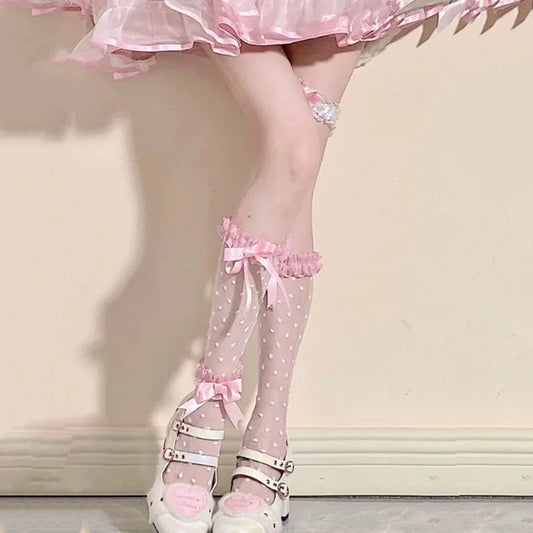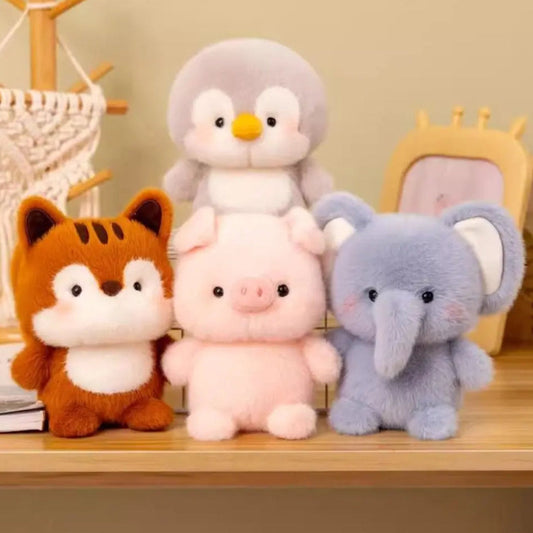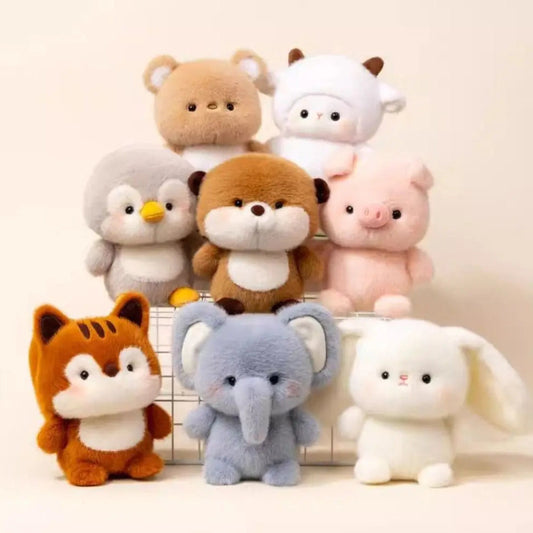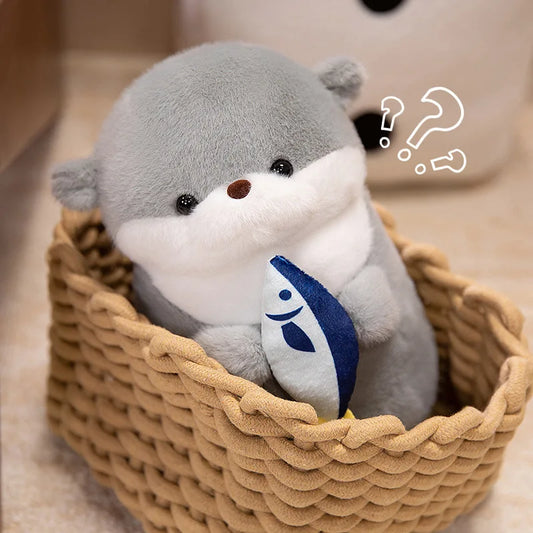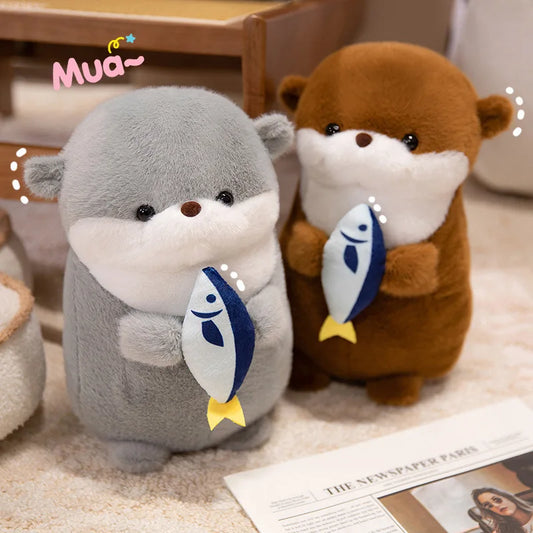The History of Virtual Pets: From Tamagotchi to Neopets and Beyond
Virtual pets have captivated the hearts and minds of users for decades, blending the charm of "kawaii" design with the fun of digital interaction. From the simple pixelated creatures of the 1990s to the complex online communities of today, the evolution of virtual pets reflects both advances in technology and enduring human fascination with companionship.

The Early Days: Tamagotchi and the Kawaii Craze
In 1996, Bandai's Tamagotchi revolutionized the toy industry. This small, egg-shaped device introduced players to the concept of caring for a virtual pet, with responsibilities that included feeding, playing, cleaning, and nurturing the pet as it grew from an egg into an adult. The "kawaii" design of these digital creatures was a significant factor in their global appeal. The cuteness, or "kawaii," factor played a critical role in the Tamagotchi's success, especially in Japan, where the concept of "kawaii" is deeply rooted in popular culture.
Following Tamagotchi's success, several other virtual pet toys emerged, each adding its twist to the genre:
- Nano Pet: Similar to Tamagotchi, Nano Pets were small, portable devices that offered a variety of pets to care for, from dogs and cats to dinosaurs and aliens. The simplicity and portability made them a hit among schoolchildren.
- Giga Pets: Introduced by Tiger Electronics in 1997, Giga Pets featured a variety of animals, including more exotic choices like dragons and Komodo dragons. Giga Pets offered slightly more complex interactions and a more colorful display, appealing to an older demographic.

The Rise of Online Virtual Worlds: Neopets and Beyond
With the advent of the internet, virtual pets found a new home online, allowing for more complex interactions, community engagement, and persistent worlds where users could return daily.
-
Neopets: Launched in 1999, Neopets became one of the first successful online virtual pet communities. It offered an expansive world where players could adopt, care for, and play with multiple pets. The game featured a rich economy, mini-games, a stock market, and even its own in-world lore. Neopets’ "kawaii" aesthetics, combined with the depth of gameplay, made it a staple of early internet culture.
-
Webkinz: Building on Neopets' success, Webkinz introduced a new twist in 2005 by integrating physical plush toys with virtual pets. Each Webkinz plush came with a code that allowed users to adopt and care for a virtual version of their pet in an online world. This blend of physical and digital play was a significant innovation, furthering the appeal of "kawaii" design by connecting it with a tangible, huggable toy.
-
Club Penguin: Although not strictly a virtual pet game, Club Penguin, launched in 2005, allowed players to create and care for their penguin avatars in a snowy online world. The game’s popularity stemmed from its safe social environment for kids, its "kawaii" penguin characters, and its array of mini-games and community activities.

The Mobile Era: Virtual Pets in the Smartphone Age
As smartphones became ubiquitous, the concept of virtual pets found a new platform. Developers leveraged touchscreens, cameras, and motion sensors to create more interactive and immersive experiences.
-
Pou: Released in 2012, Pou brought virtual pet care to smartphones. Players cared for an alien-like creature named Pou, feeding, bathing, and playing with it to keep it happy. The game combined elements of classic virtual pet care with mobile-friendly mini-games, creating a simple but addictive experience.
-
My Talking Tom: This mobile game, released in 2013 by Outfit7, allowed players to adopt and raise a talking cat named Tom. My Talking Tom incorporated more interactive features, such as voice recognition, where Tom would repeat words spoken by the player in a cute, high-pitched voice. The "kawaii" design of Tom, along with his humorous interactions, made the game popular with a wide audience.
-
Neko Atsume: Neko Atsume, released in 2014, introduced a more passive virtual pet experience. Players placed food and toys in a virtual garden to attract a variety of adorable cats. The game’s appeal lay in its simplicity, charming "kawaii" cat designs, and the joy of collecting and photographing the various feline visitors.

The Evolution and Legacy of Virtual Pets
As technology continues to advance, virtual pets are evolving with it. Augmented Reality (AR) and Artificial Intelligence (AI) are the latest frontiers, offering new ways to interact with digital companions:
-
Pokémon GO: Although primarily a game about catching creatures, Pokémon GO, released in 2016, introduced AR to the virtual pet experience. Players could see and interact with their Pokémon in the real world through their smartphone screens, blurring the line between the digital and physical realms.
-
FurReal Friends: These AI-powered robotic pets offer a tactile, lifelike virtual pet experience. They respond to touch, sound, and movement, providing an interactive and "kawaii" experience that combines the digital pet concept with physical interaction.
Virtual pets have come a long way since the days of Tamagotchi, yet the core appeal remains the same: the joy of nurturing a digital companion, often wrapped in a "kawaii" aesthetic that tugs at the heartstrings. Whether through a handheld device, an online platform, or a smartphone app, virtual pets continue to capture the imaginations of users worldwide, proving that the desire for companionship and cuteness transcends both time and technology.




